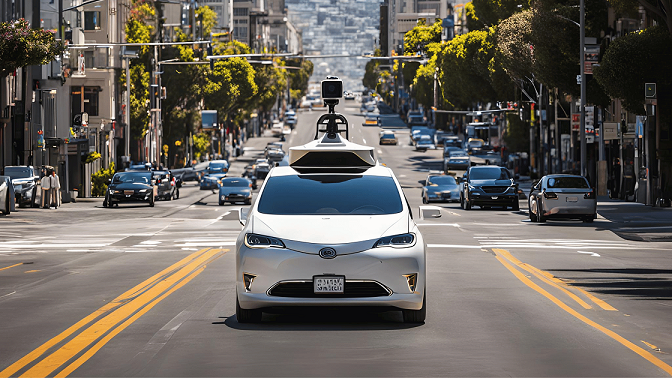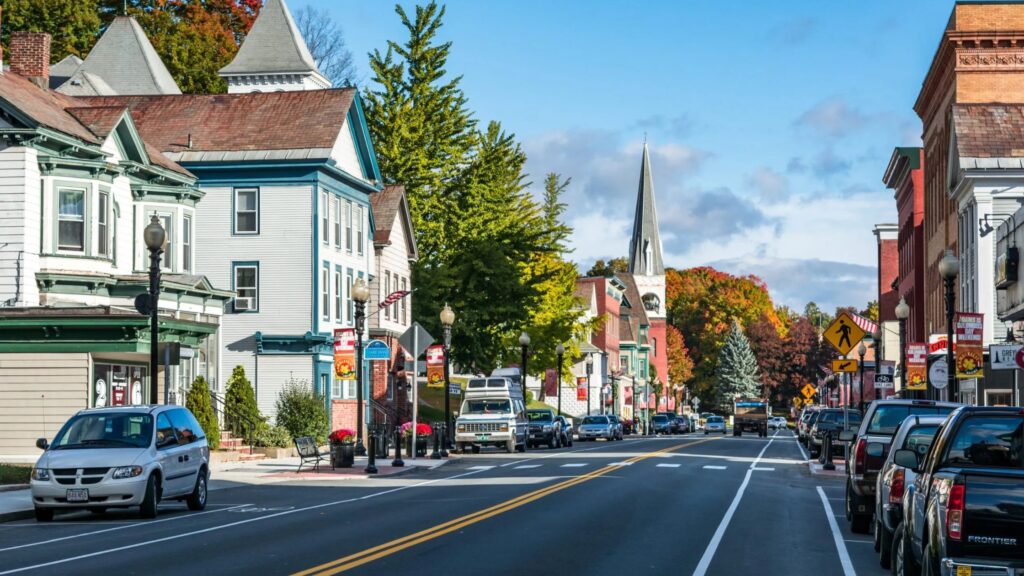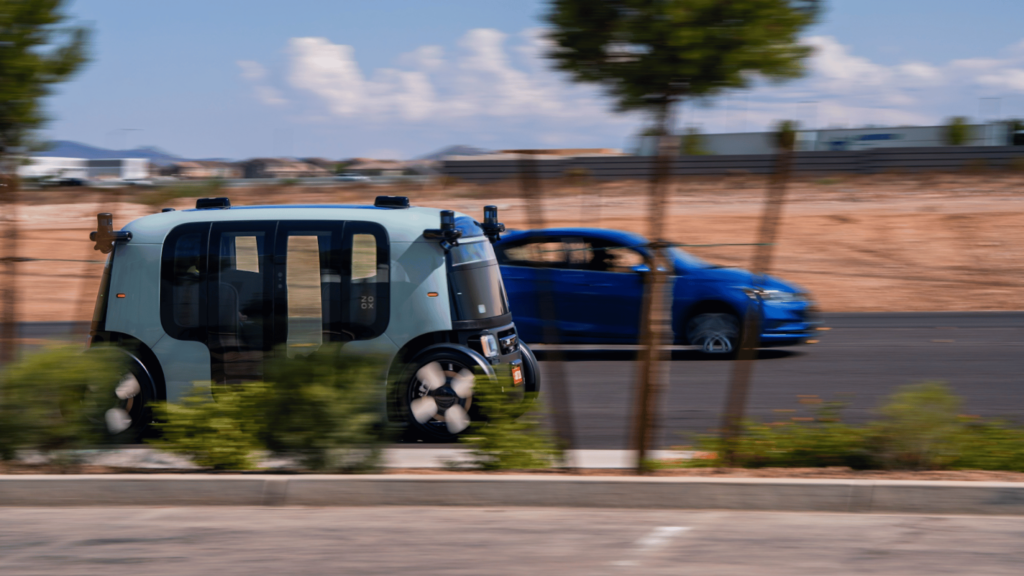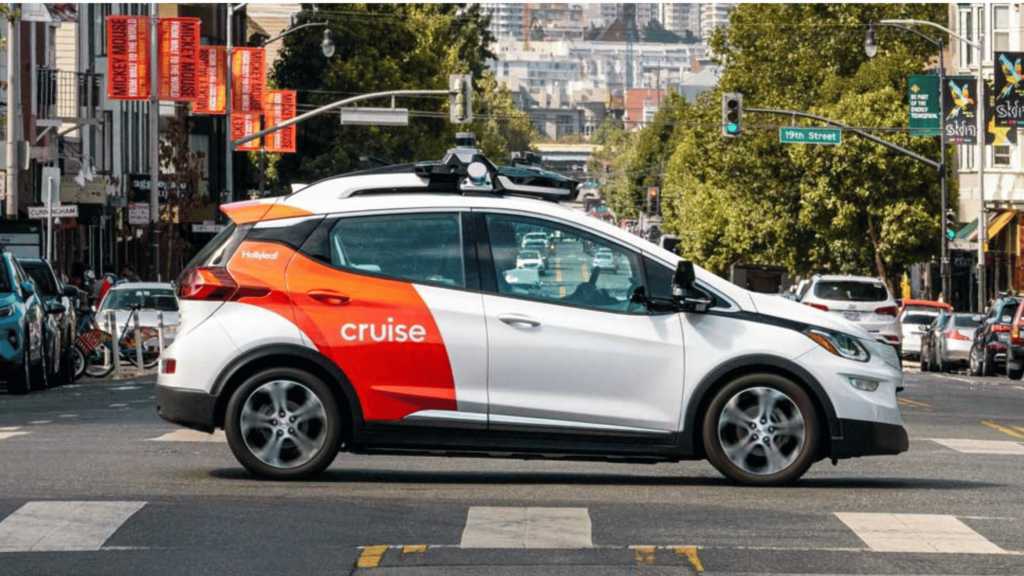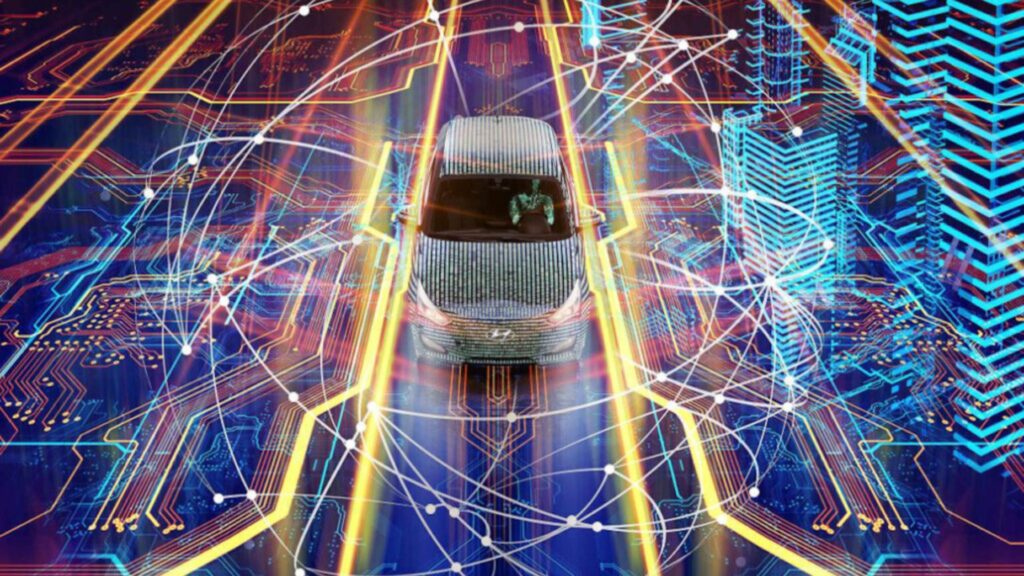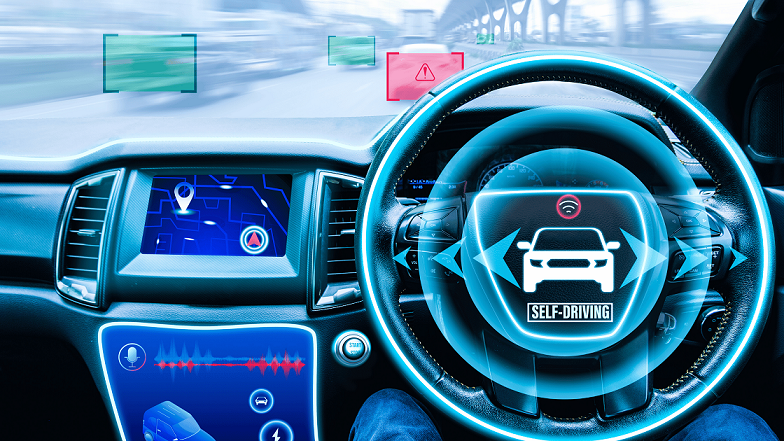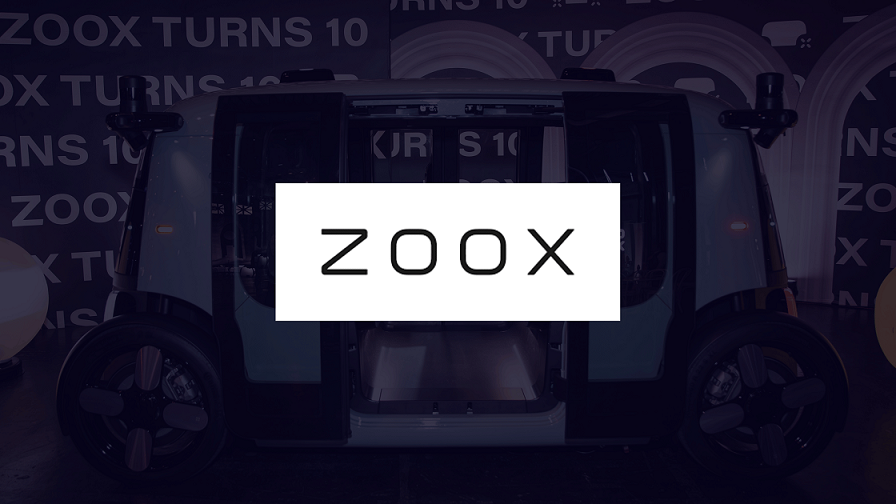AUTONOMOUS VEHICLES ROUNDUP: The autonomous vehicle (AV) industry experienced significant advancements in 2024, marked by technological innovations, strategic partnerships, and evolving regulatory infrastructure. These developments underscore the industry’s commitment to revolutionizing transportation and mobility solutions in the U.S. and across the globe.
The global autonomous vehicle market has demonstrated robust growth, with valuations increasing from $54.60 billion in 2023 to $73.53 billion in 2024, reflecting a compound annual growth rate (CAGR) of 34.7%.
It is projected to grow to $221.32 billion in 2028 at a compound annual growth rate (CAGR) of 31.7%. The upward trajectory can be attributed to a growing demand for safer and more efficient transportation solutions, increasing investments in autonomous vehicle research and development, and demand for autonomous vehicles.
Safety remains a pivotal concern in the AV industry. Data indicates that autonomous vehicle testing has reduced the number of accidents across the United States from 9.1 per million miles to 4.6 per million miles, demonstrating the potential of AVs to enhance road safety. Furthermore, AVs can reduce crashes by 90%, potentially saving approximately $190 billion per year.
The autonomous vehicle industry is poised for continued growth, driven by technological advancements and strategic collaborations.
November/December 2024 Autonomous Vehicles Roundup
Here are the key things that happened in the world of self-driving cars in November and December of 2024:
Tesla’s Autopilot Hardware Director Zheng Gao Leaves
Zheng Gao, the former head of Autopilot hardware engineering at Tesla, has left the company to join Amazon’s autonomous vehicle subsidiary, Zoox. Gao spent over eight years at Tesla, with the last three years dedicated to leading the Autopilot hardware engineering team. His responsibilities included managing various engineering teams focused on mechanical, thermal, display, and camera systems that underpin Tesla’s Autopilot and Full Self-Driving (FSD) features.
At Zoox, Gao will assume a similar leadership role as Director of Hardware Engineering. His expertise in hardware design is expected to bolster Zoox’s efforts in developing its autonomous vehicle technology.
Zoox announced Gao’s appointment in a post on LinkedIn.
Gao’s departure could be perceived as a setback for Tesla’s ambitions in the autonomous vehicle space, particularly as it seeks to compete with established players like Waymo and emerging rivals such as Zoox.
Tesla Plans to Incorporate Teleoperator Backup as It Rolls Out Its Robotaxis in 2025
Tesla plans to incorporate teleoperator backup in its cybercab and cybervan self-driving cars to enhance safety. According to a report from Deutsche Bank, Tesla aims to deploy these robotaxis in 2025, featuring remote human operators who can take control if necessary. This strategy is designed to address safety concerns during the initial rollout of fully autonomous rides, as federal regulations remain a substantial hurdle for large-scale implementation.
Tesla plans to begin its autonomous ride-hailing service in select U.S. cities, particularly California and Texas, by 2025. This timeline follows the recent unveiling of the Cybercab, a vehicle designed specifically for this purpose.
The inclusion of remote human operators is a critical aspect of Tesla’s approach. These operators will serve as a safety net during the early stages of the robotaxi service, ensuring that human intervention is available if needed. This move highlights Tesla’s commitment to prioritizing safety as it transitions to fully autonomous operations.
The Tesla Cybercab To Have 50% Fewer Parts Than a Tesla Model 3
According to a lead engineer at Tesla, the Cybercab will feature 50% fewer parts than the Tesla Model 3, which is a notable shift in manufacturing strategy aimed at cost reduction and efficiency. The Cybercab features only about 80 parts compared to the Model Y’s approximately 200 parts; a streamlined approach expected to lead to substantial manufacturing cost savings and easier maintenance.
The decision to limit the Cybercab’s seating to two is based on data indicating that 82% of miles driven typically involve one or two passengers. This layout not only contributes to weight reduction but also enhances aerodynamics and simplifies cleaning, making it more suitable for ride-hailing services.
Tesla aims to price the Cybercab at around $30,000, making it one of the most affordable models in its lineup. The Cybercab will be equipped with Tesla’s latest Full Self-Driving (FSD) technology, positioning it as a fully autonomous vehicle.
Waymo’s Robotaxis are Hurting our Earnings: Uber and Lyft Drivers Cry Out
Uber and Lyft drivers in Phoenix and Los Angeles are expressing concerns that Waymo’s robotaxis are negatively impacting their earnings. The introduction of Waymo One’s autonomous vehicles into these markets has intensified competition for ride-hailing drivers, leading to lower fares and reduced income opportunities.
Many drivers report that the presence of Waymo’s robotaxis has made it harder to earn a living. For instance, Jason, an Uber driver in Phoenix, noted that the influx of driverless taxis has exacerbated existing challenges from competition with other human drivers and rising operational costs. He stated, “Driverless taxis are flooding an already competitive Phoenix market and taking money from human drivers.”
While some experts suggest that the immediate impact of robotaxis on driver earnings is not yet significant, there is a consensus that as these vehicles become more prevalent and fare prices decrease, traditional ride-hailing drivers will likely see their incomes decline.
Waymo to launch in Miami in 2026
Waymo has announced plans to launch its autonomous ride-hailing service in Miami, with operations set to begin in 2026. The AV company will start testing its self-driving Jaguar I-PACE vehicles in Miami in early 2025. The official launch of the ride-hailing service through the Waymo One app is scheduled for 2026.
The vehicles will be maintained by a company called Moove, which provides fleet services, as well as a range of financial products for mobility companies. The African company (founded in Nigeria) is backed by Uber and was recently valued at $750 million.
Waymo to Begin Testing in Tokyo, Japan, in Early 2025
Waymo has announced plans to begin testing its autonomous vehicles in Tokyo, Japan, in early 2025, marking the company’s first international venture outside the United States. This initiative is part of Waymo’s broader strategy to adapt its technology to diverse urban environments and driving conditions.
Waymo will collaborate with local taxi operator Nihon Kotsu and the taxi-hailing app GO. These partnerships are aimed at facilitating the integration of Waymo’s technology into Tokyo’s transportation ecosystem.
The initial phase will involve deploying 25 vehicles across several key wards in Tokyo, including Minato, Shinjuku, Shibuya, Chiyoda, Chuo, Shinagawa, and Koto. The vehicles will initially be operated by Nihon Kotsu drivers to gather mapping data essential for the development of autonomous driving capabilities in a densely populated urban setting. Waymo plans to utilize all-electric Jaguar I-PACE vehicles for these tests. The choice of electric vehicles aligns with global trends towards sustainability and efficient urban mobility.
Nvidia Steps Up Hiring in China to Focus on AI-Driven Cars
US-based chip maker, Nvidia, has significantly ramped up its hiring efforts in China, focusing on enhancing its capabilities in the development of AI-driven cars. This strategic move comes as the company aims to leverage the rapidly growing electric vehicle (EV) market in China, which is increasingly integrating advanced automation and AI technologies.
Nvidia’s workforce in China has grown from approximately 3,000 at the beginning of 2024 to an expected total of around 4,000 by the end of the year. This includes the addition of about 200 researchers specifically dedicated to self-driving car technology in Beijing.
GM’s Cruise Exits the Robotaxi Market
General Motors (GM) announced the shutdown of its troubled Cruise robotaxi unit, as CEO Mary Barra stated that operating a robotaxi service is not part of GM’s core business strategy. This decision reflects the challenges faced by Cruise in securing investment and achieving operational viability. In 2023 alone, Cruise incurred significant losses totaling approximately $3.48 billion. GM says shutting down Cruise will save $1 billion in annual losses.
Following the decision to shut down its Cruise robotaxi project, General Motors (GM) plans to concentrate on developing fully autonomous vehicles designed for personal use rather than ride-hailing services.
The Trump Administration to Ease US Rules for Self-Driving Cars
According to a Bloomberg report, Trump officials told advisors they’re planning to construct a federal framework for fully self-driving vehicles as one of the Transportation Department’s top priorities. The media outlet cited sources that were familiar with the plans.
“This would be a huge step forward in easing US rules for self-driving cars and be a significant tailwind for Tesla’s autonomous and AI vision heading into 2025,” said Wedbush analyst Dan Ives, who was quoted by Market Watch.
Ives added, “Musk’s significant influence in the Trump White House is already having a major influence and ultimately the golden path for Tesla around Cybercabs and autonomous is now within reach with an emboldened Trump/Musk strategic alliance playing out in real-time and very in line with our thesis.”
Nuro to License Out Its Advanced, Autonomous Tech
Nuro, a company known for its self-driving delivery robots that drive on public roads, is making a pivot from developing delivery robots to licensing out its advanced autonomous technology. The company plans to license its technology to automotive original equipment manufacturers (OEMs), broadening its impact beyond direct operations. The Nuro self-driving delivery robots are markedly different from the smaller, sidewalk delivery robots that are becoming more common sight.
California Reintroduces Bill Banning Driverless Trucks
Once again, a California Senate bill was passed banning driverless trucks, reflecting ongoing regulatory scrutiny and public concern regarding the safety of fully autonomous vehicles. The latest bill, Assembly Bill 2286, seeks to prohibit autonomous trucks weighing 10,000 pounds or more from operating on California roadways without a safety driver. The bill is awaiting the signature of Governor Gavin Newsom.
Newsom vetoed a similar bill last year, writing that it was “unnecessary for the regulation and oversight of heavy-duty autonomous vehicle technology in California, as existing law provides sufficient authority to create the appropriate regulatory framework.”
The Autonomous Vehicle Industry Association is hoping for the same result, with AVIA Executive Director Jeff Farrah asserting in a press release that A.B. 2286 “would undermine California’s regulatory process by thwarting safety regulators at the California DMV and the California Highway Patrol.”
Watch out for our 2025 AV roundups.
Subscribe to our newsletter so you don’t miss out!
Related:
U.S. – Autonomous Vehicles Roundup for October 2024

I’m Dr. Brandial Bright, also known as the AVangelist. As a dedicated and passionate researcher in autonomous and electric vehicles (AVs and EVs), my mission is to educate and raise awareness within the automotive industry. As the Founder and Managing Partner of Fifth Level Consulting, I promote the adoption and innovation of advanced vehicle technologies through speaking engagements, consulting, and research as we progress to level 5 fully autonomous vehicles.

